Top Tips For Motorcycle Camping
Motorcycle camping combines the thrill of two-wheeled adventure with the serenity of outdoor living, offering a unique and liberating travel experience. This article will explore essential gear, packing strategies, campsite selection, on-the-road maintenance, meal planning, and safety considerations to help motorcyclists embark on successful camping trips. By following these expert tips, riders can maximize enjoyment and minimize challenges during their two-wheeled outdoor excursions.
Introduction
Motorcycle camping represents a fusion of motorcycling and camping that allows riders to explore remote destinations, immerse themselves in nature, and enjoy the freedom of the open road. This activity combines the exhilaration of motorcycle travel with the simplicity and connection to nature that camping provides. The benefits of motorcycle camping are numerous:
- Cost-effective travel: Reduced expenses compared to traditional vacations
- Flexibility: Ability to change plans and explore off-the-beaten-path locations
- Minimalism: Encourages packing only essential items
- Environmental impact: Lower carbon footprint compared to larger vehicles
- Community: Opportunities to connect with like-minded adventurers
In this comprehensive guide, we will delve into the key aspects of motorcycle camping, providing valuable insights and practical advice for both novice and experienced riders. From essential gear and packing techniques to campsite selection and safety tips, this article aims to equip motorcyclists with the knowledge and skills needed for successful camping adventures.
Essential Gear for Motorcycle Camping
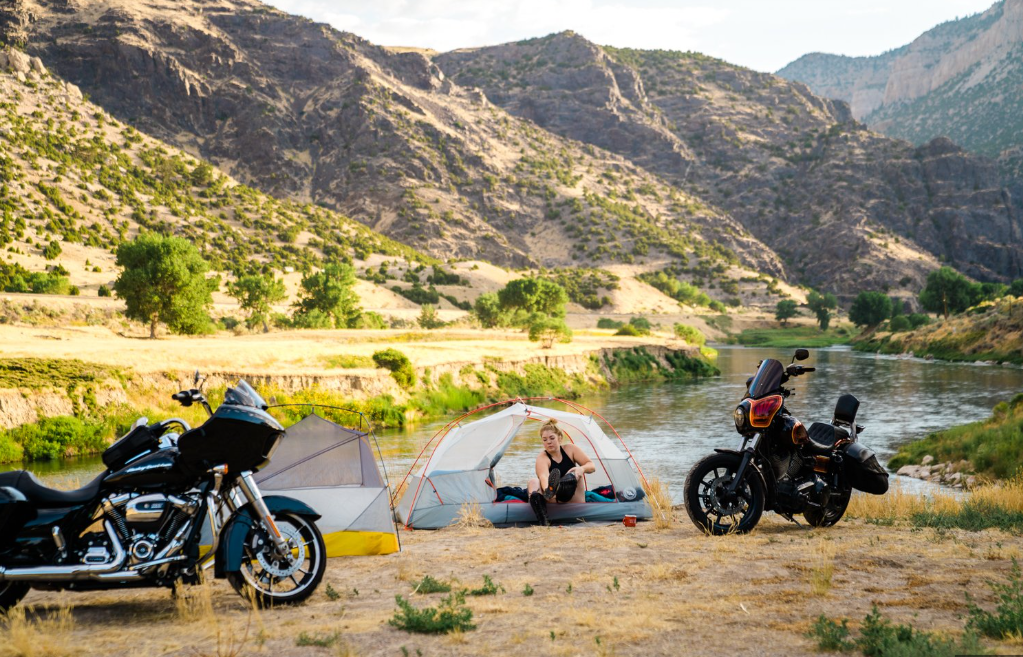
The foundation of a successful motorcycle camping trip lies in selecting the right gear. Motorcyclists must prioritize lightweight, compact, and multi-functional equipment to maximize limited storage space.
Compact tent and sleeping system
- Tent: A lightweight, freestanding tent designed for backpacking is ideal for motorcycle camping. Look for models weighing less than 4 pounds with a small packed size.
- Sleeping bag: Choose a mummy-style bag rated for the expected temperatures, preferably made from down or synthetic materials for compressibility.
- Sleeping pad: An inflatable or self-inflating pad provides insulation and comfort without adding significant bulk.
Lightweight cooking equipment
- Stove: A compact canister stove or alcohol stove offers efficient cooking capabilities with minimal weight and space requirements.
- Cookware: Opt for a nested cookset made from lightweight materials such as titanium or anodized aluminum.
- Utensils: Multi-functional utensils, such as a spork or folding cutlery set, save space and weight.
Multi-purpose tools
-
- Multi-tool: A quality multi-tool with pliers, knife, screwdrivers, and other essential functions is invaluable for repairs and camp tasks.
- Headlamp: A hands-free light source is crucial for nighttime activities and emergency repairs.
- First-aid kit: A compact, motorcycle-specific first-aid kit should include basic medical supplies and any personal medications.
Essential Gear Checklist
| Category | Items |
| Shelter | Lightweight tent, sleeping bag, sleeping pad |
| Cooking | Compact stove, nested cookset, multi-functional utensils |
| Tools | Multi-tool, headlamp, first-aid kit |
| Clothing | Weather-appropriate layers, rain gear, riding gear |
| Navigation | Maps, GPS device, compass |
| Miscellaneous | Water filtration system, fire-starting materials, insect repellent |
Packing Strategies
Efficient packing is crucial for motorcycle camping success. Riders must maximize limited storage space while maintaining proper weight distribution for safe handling.
Efficient use of saddlebags and tank bags
-
-
- Saddlebags: Utilize compression sacks to minimize the volume of soft items like clothing and sleeping bags. Place heavier items at the bottom of saddlebags for stability.
- Tank bag: Store frequently accessed items such as maps, snacks, and electronics in the tank bag for easy reach while riding.
- Modular packing: Use smaller bags or packing cubes within larger storage compartments to organize gear and facilitate quick access.
-
Balancing weight distribution
-
-
- Side-to-side balance: Distribute weight evenly between left and right saddlebags to maintain stability.
- Front-to-back balance: Position heavier items low and close to the motorcycle’s center of gravity to minimize impact on handling.
- Weight limits: Adhere to the motorcycle’s specified weight limits for luggage and passengers to ensure safe operation.
-
Waterproofing techniques
-
-
- Dry bags: Utilize waterproof dry bags for clothing, electronics, and other moisture-sensitive items.
- Plastic bags: Line the interior of saddlebags with heavy-duty trash bags for an additional layer of water protection.
- Waterproof covers: Invest in waterproof covers for saddlebags and tank bags to provide protection during inclement weather.
-
Choosing the Right Campsite
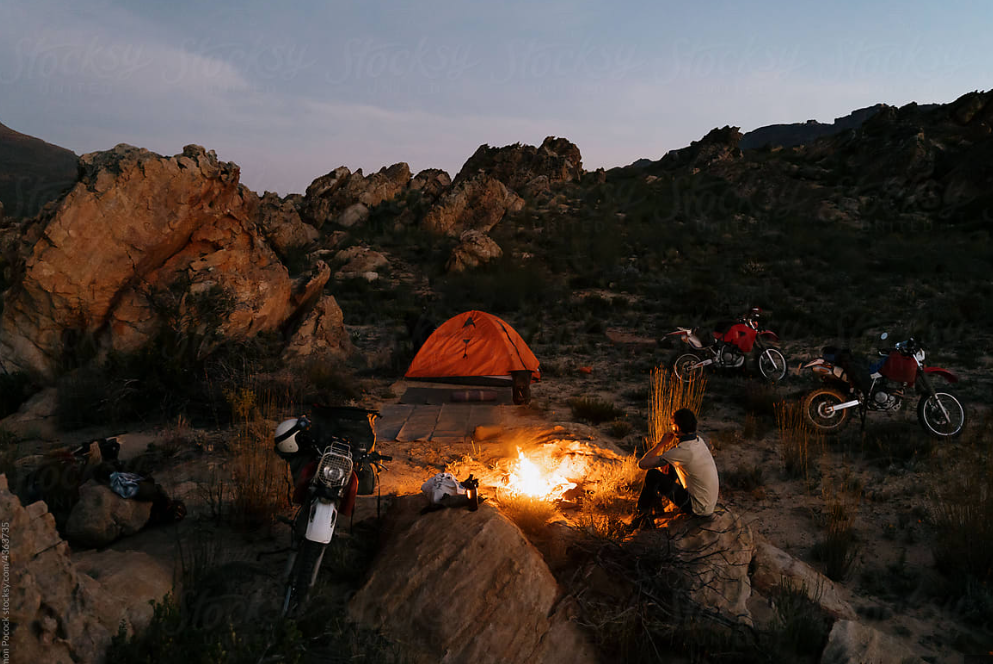
Selecting an appropriate campsite is essential for a safe and enjoyable motorcycle camping experience. Riders should consider factors such as accessibility, amenities, and legal restrictions when choosing a location to pitch their tent.
Researching motorcycle-friendly campgrounds
-
-
- Online resources: Utilize websites and apps dedicated to motorcycle camping to find campgrounds that cater to riders.
- Amenities: Look for campgrounds with motorcycle-specific features such as paved parking areas, covered shelters, and tool stations.
- Proximity to attractions: Choose campgrounds near scenic routes, national parks, or other points of interest to maximize riding opportunities.
-
Wild camping considerations
-
-
- Legal aspects: Research local regulations regarding dispersed camping on public lands, as rules vary by location and jurisdiction.
- Leave No Trace principles: Adhere to Leave No Trace ethics to minimize environmental impact and preserve natural areas for future visitors.
- Safety considerations: Choose sites away from potential hazards such as dead trees, flash flood zones, and wildlife corridors.
-
Safety and legal aspects
-
-
- Permits: Obtain any necessary camping permits or reservations in advance, especially for popular or restricted areas.
- Fire regulations: Be aware of current fire restrictions and always follow proper fire safety protocols.
- Wildlife awareness: Store food properly and maintain a clean campsite to avoid attracting wildlife.
-
Campsite Selection Criteria
| Criteria | Considerations |
| Accessibility | Paved or well-maintained roads, motorcycle-friendly parking |
| Amenities | Potable water, restrooms, shower facilities, electrical hookups |
| Legal status | Permitted camping areas, required reservations or permits |
| Safety | Distance from hazards, cell phone coverage, emergency services |
| Environmental impact | Established campsites, durable surfaces, Leave No Trace practices |
On-the-Road Maintenance

Proper motorcycle maintenance is crucial for a safe and enjoyable camping trip. Riders should perform regular checks and carry essential tools for emergency repairs.
Basic motorcycle checks
-
-
- Tire pressure and condition: Check tire pressure and inspect for wear or damage before each day’s ride.
- Chain tension and lubrication: Ensure proper chain tension and apply lubricant as needed to maintain smooth operation.
- Fluid levels: Monitor oil, coolant, and brake fluid levels, topping off as necessary.
-
Emergency repair kit essentials
-
-
- Tools: Carry a basic tool kit including wrenches, screwdrivers, pliers, and a tire repair kit.
- Spare parts: Pack essential spare parts such as fuses, light bulbs, and a spare clutch or throttle cable.
- Lubricants and fluids: Bring small quantities of engine oil, chain lube, and brake fluid for on-the-road maintenance.
-
Meal Planning and Food Storage
Efficient meal planning and proper food storage are essential for successful motorcycle camping trips. Riders must balance nutrition, convenience, and space limitations when preparing for their culinary needs on the road.
Easy-to-prepare camp meals
-
-
- Dehydrated meals: Lightweight and easy to prepare, dehydrated meals offer a convenient option for motorcycle campers.
- One-pot recipes: Plan meals that can be cooked in a single pot to minimize cleanup and conserve fuel.
- No-cook options: Include ready-to-eat items such as energy bars, dried fruits, and nuts for quick snacks and meals.
-
Food storage solutions for motorcycles
-
-
- Bear canisters: In bear country, use a certified bear-resistant food container to protect supplies and comply with regulations.
- Dry bags: Store food in waterproof dry bags to protect against moisture and odors.
- Cooler alternatives: Use insulated soft-sided coolers or electric coolers that can be powered by the motorcycle’s electrical system for perishable items.
-
Safety and Comfort Tips
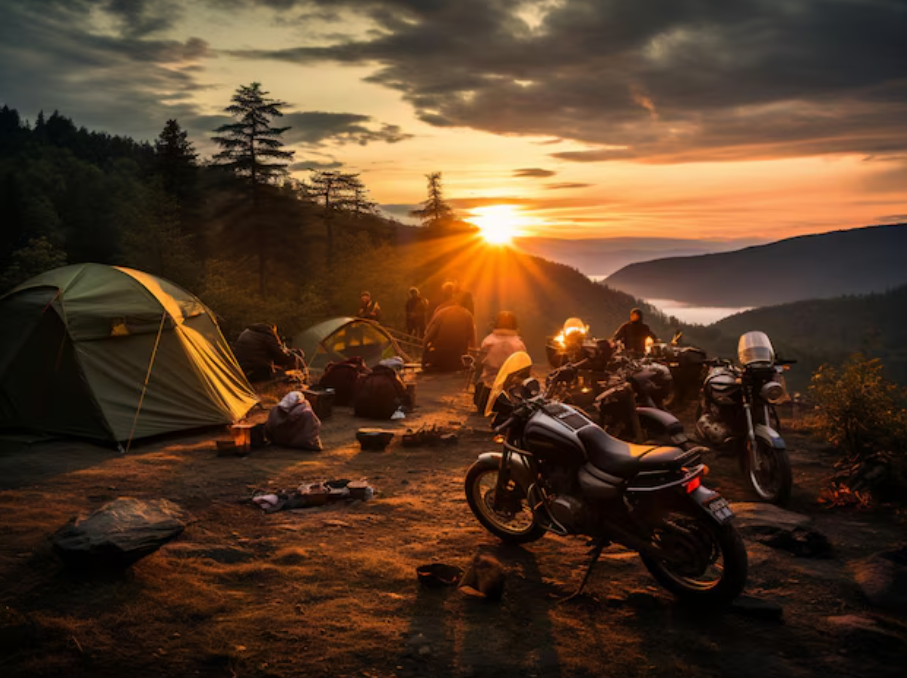
Prioritizing safety and comfort is crucial for an enjoyable motorcycle camping experience. Riders should prepare for various weather conditions, maintain visibility on the road, and ensure campsite security.
Weather preparation
-
-
- Layered clothing: Pack versatile, moisture-wicking layers to adapt to changing temperatures and weather conditions.
- Rain gear: Invest in high-quality, motorcycle-specific rain gear to stay dry during inclement weather.
- Weather monitoring: Use smartphone apps or portable weather radios to stay informed about changing conditions.
-
Staying visible on the road
-
-
- High-visibility gear: Wear brightly colored or reflective riding gear to increase visibility to other motorists.
- Auxiliary lighting: Consider adding auxiliary lights to the motorcycle to improve visibility in low-light conditions.
- Defensive riding techniques: Practice defensive riding strategies to anticipate and avoid potential hazards on the road.
-
Campsite security
-
-
- Locking devices: Use disc locks, cable locks, or alarmed locks to secure the motorcycle when parked at the campsite.
- Concealment: Choose campsites that offer natural concealment for the motorcycle when possible.
- Valuable storage: Store valuable items in locking hard cases or take them with you when leaving the campsite.
-
Top Tips For Motorcycle Camping:
-
-
- Invest in lightweight, compact gear specifically designed for motorcycle camping.
- Master efficient packing techniques to maximize limited storage space.
- Research campgrounds and wild camping options in advance to ensure legal and safe camping experiences.
- Perform regular motorcycle maintenance checks and carry essential tools for emergency repairs.
- Plan meals that are easy to prepare and store, considering space and weight limitations.
- Prioritize safety by preparing for various weather conditions and maintaining visibility on the road.
- Secure your motorcycle and valuables at the campsite to prevent theft or damage.
-
Conclusion
Motorcycle camping offers a unique and rewarding way to explore the world on two wheels. By following these expert tips and guidelines, riders can embark on memorable adventures that combine the thrill of motorcycling with the serenity of camping. From selecting essential gear and mastering packing techniques to choosing the perfect campsite and ensuring safety on the road, this comprehensive guide equips motorcyclists with the knowledge and skills needed for successful camping trips.
As you plan your next motorcycle camping adventure, remember to prioritize safety, respect the environment, and embrace the freedom and flexibility that this mode of travel provides. With proper preparation and a spirit of adventure, motorcycle camping can lead to unforgettable experiences and a deeper connection with both your machine and the natural world. So, pack your gear, hit the open road, and discover the joys of motorcycle camping for yourself.

Jason Wilkins began his career with a passion for online shopping experiences and deep insights into the outdoor gear market. With the aim of providing excellent choices for those who love an active lifestyle, he established besttraildirtbike.com, specializing in advising and selling Amazon Affiliate products suitable for dirt bikes, accessories, and touring gear.
Leveraging his expertise in SEO techniques and business management skills, Jason has built a reputable brand, attracting thousands of customers. As a dedicated and creative leader, he continuously seeks ways to enhance the user experience and sustainably grow the business.
Jason has in-depth knowledge of dirt bike trends and accessory innovations, constantly updating himself on the latest breakthroughs in this field. On his website, he shares detailed and objective reviews of hot products on the market, along with tips for safe dirt biking and touring.
With the motto “Passion Without Limits,” Jason aspires to inspire many outdoor enthusiasts to explore the wonders of nature. Under his guidance, besttraildirtbike.com is steadily becoming a trusted destination for customers to find quality products for their dirt biking and adventure touring pursuits.
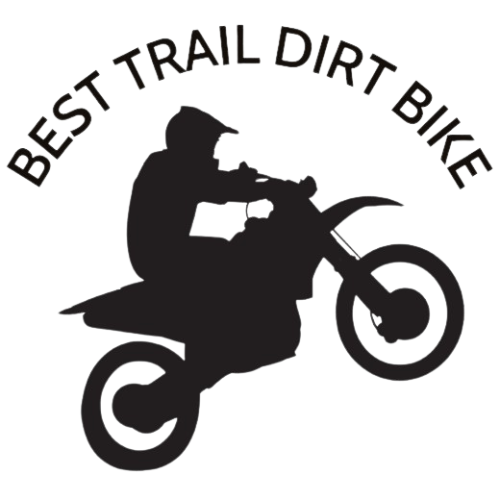
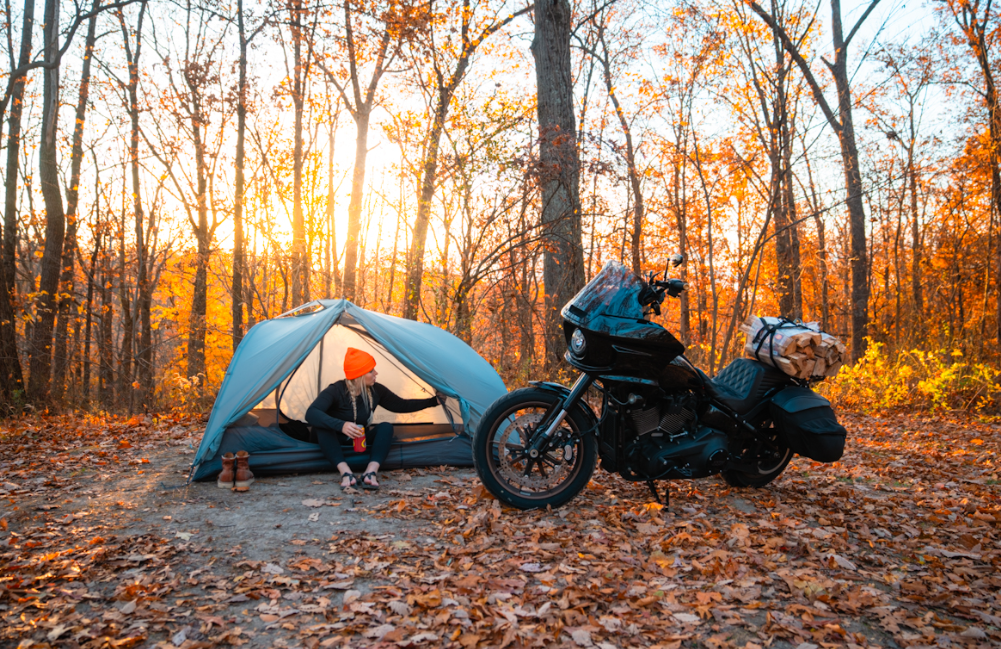
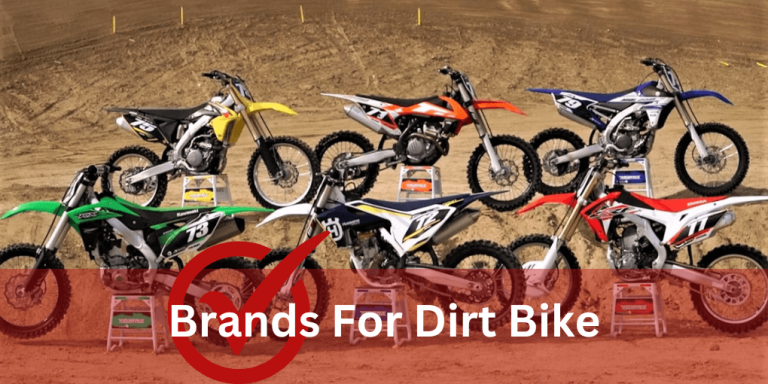
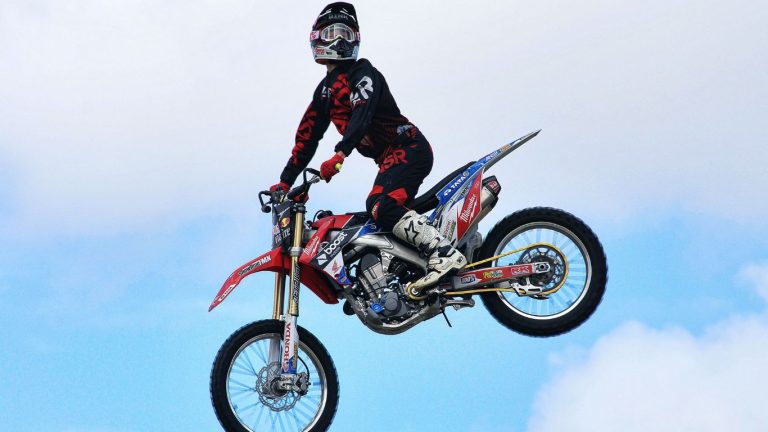
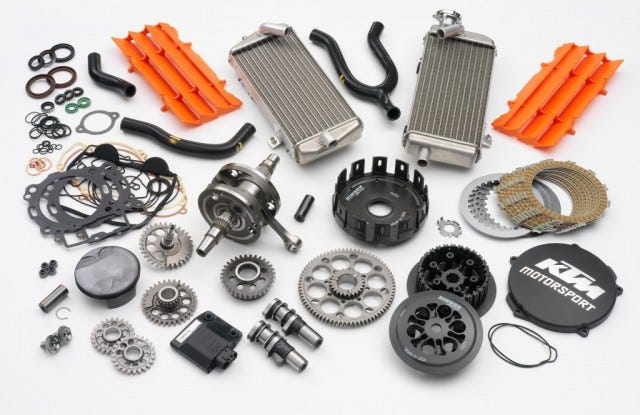
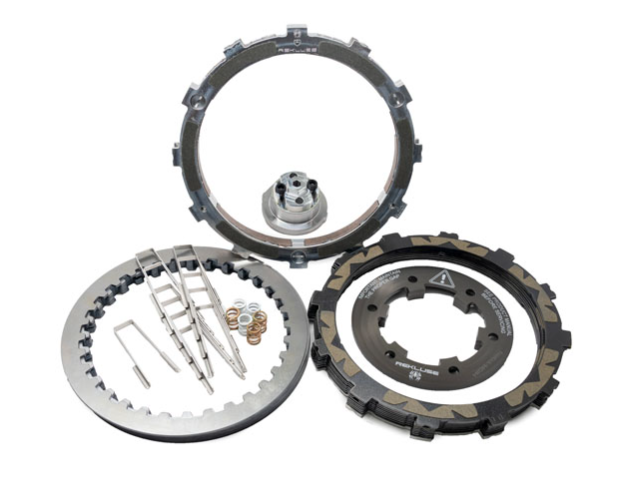
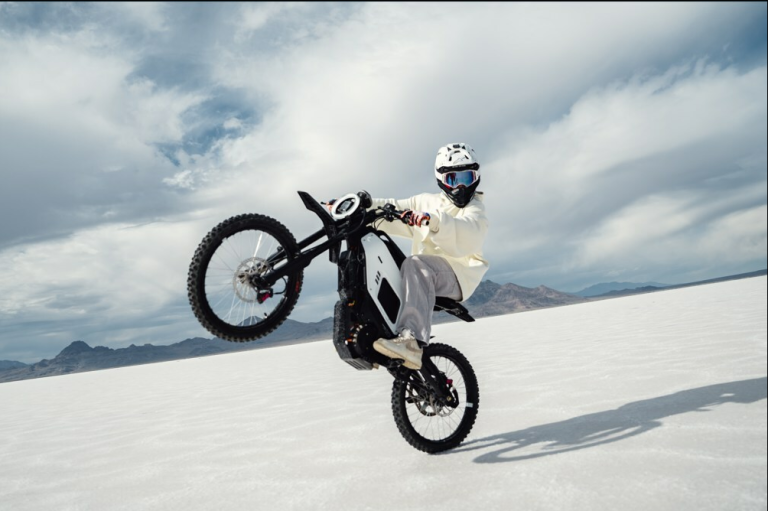

Fantastic tips for motorcycle camping! The advice on packing light yet efficiently is a game-changer. I especially appreciate the suggestions for choosing the right gear and setting up camp. This guide will definitely make my next motorcycle camping trip smoother and more enjoyable!
This article is a great resource for anyone planning a motorcycle camping adventure. The tips on gear selection and campsite setup are practical and easy to follow. I found the recommendations on weather-proofing your setup particularly helpful. Thanks for the solid advice!
Great tips for motorcycle camping! I’m curious about the balance between weight and comfort—how do you prioritize what to bring? Do you have any specific recommendations for lightweight but comfortable camping gear?
To balance weight and comfort during motorcycle camping, prioritize multi-functional, lightweight gear that doesn’t compromise on essentials. Start with the most crucial items, such as shelter and sleeping systems, focusing on those designed for backpacking as they offer the best weight-to-comfort ratio. For example, choose a tent and sleeping bag that are compact yet rated for the conditions you’ll face. Opt for lightweight cooking equipment like a compact stove and nested cookware. The key is to pack smartly, using compression sacks to reduce bulk and ensuring that everything is balanced on the bike for safe handling. Investing in quality gear that serves multiple purposes is crucial to maintaining comfort without adding unnecessary weight.
The section on campsite selection was really helpful! For someone new to motorcycle camping, what’s the best way to find motorcycle-friendly campgrounds? Are there any apps or websites you recommend?
Hi lavinapaquin!
To find motorcycle-friendly campgrounds, there are several resources you can use. Apps like Rever and Campendium are popular among motorcyclists for finding suitable camping spots. Websites like Freecampsites.net and Hipcamp also offer a wide range of options, including user reviews and amenities that are particularly helpful for riders. It’s also a good idea to join motorcycle camping forums or social media groups, where fellow riders share their favorite spots and tips for a successful trip.
Thank